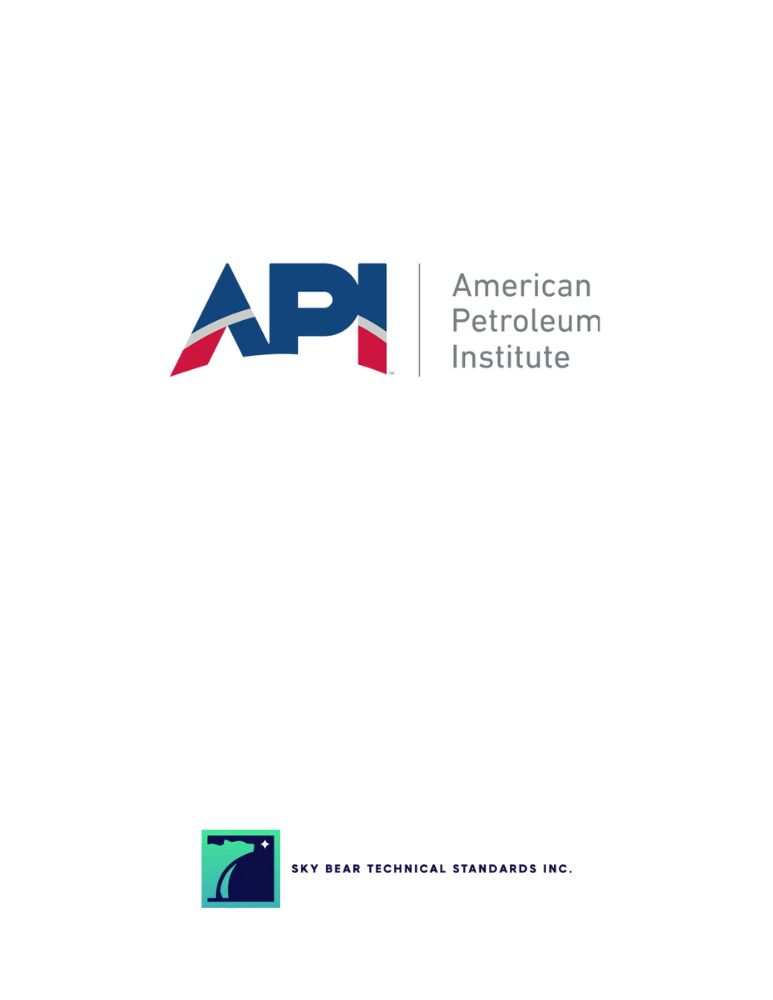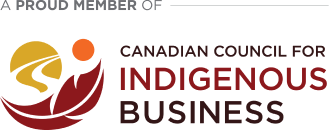Your cart is currently empty!

Description
This recommended practice (RP) is applicable to any pipeline system used to transport hazardous liquid or natural gas, including those defined in U.S. Title 49 Code of Federal Regulations (CFR) Parts 195 and 192. This RP is specifically designed to provide the operator with a description of industry-proven practices in the integrity management of cracks and threats that give rise to cracking mechanisms. The guidance is largely targeted to the line pipe along the right-of-way (ROW), but some of the processes and approaches can be applied to pipeline facilities, including pipeline stations, terminals, and delivery facilities associated with pipeline systems. Defects associated with lap-welded (LW) pipe and selective seam weld corrosion (SSWC) are not covered within this RP. This RP presents the pipeline industry’s understanding of pipeline cracking. Mechanisms that cause cracking are discussed, methods to estimate the failure pressure of cracks are reviewed, and methods to estimate crack
Edition
1
Published Date
2021-02-13
Status
Current
Pages
1
Format 
Secure PDF
Secure – PDF details
- Save your file locally or view it via a web viewer
- Viewing permissions are restricted exclusively to the purchaser
- Device limits - 3
- Printing – Enabled only to print (1) copy
See more about our Environmental Commitment
Abstract
This recommended practice (RP) is applicable to any pipeline system used to transport hazardous liquid or natural gas, including those defined in U.S. Title 49 Code of Federal Regulations (CFR) Parts 195 and 192. This RP is specifically designed to provide the operator with a description of industry-proven practices in the integrity management of cracks and threats that give rise to cracking mechanisms. The guidance is largely targeted to the line pipe along the right-of-way (ROW), but some of the processes and approaches can be applied to pipeline facilities, including pipeline stations, terminals, and delivery facilities associated with pipeline systems. Defects associated with lap-welded (LW) pipe and selective seam weld corrosion (SSWC) are not covered within this RP. This RP presents the pipeline industry’s understanding of pipeline cracking. Mechanisms that cause cracking are discussed, methods to estimate the failure pressure of cracks are reviewed, and methods to estimate crack
Previous Editions
Can’t find what you are looking for?
Please contact us at:
Related Documents
-

API RP 1174: Onshore Hazardous Liquid Pipeline Emergency Preparedness and Response (Not Current)
CDN $182.00 Add to cart -

API RP 1161: Pipeline Operator Qualification (No Current)
CDN $388.00 Add to cart -

API RP 1182: Construction, Operation, and Maintenance of Large Diameter Rural Gas Gathering Lines
CDN $123.54 Add to cart -

API RP 1176: Errata 2
CDN $0.00 Add to cart







